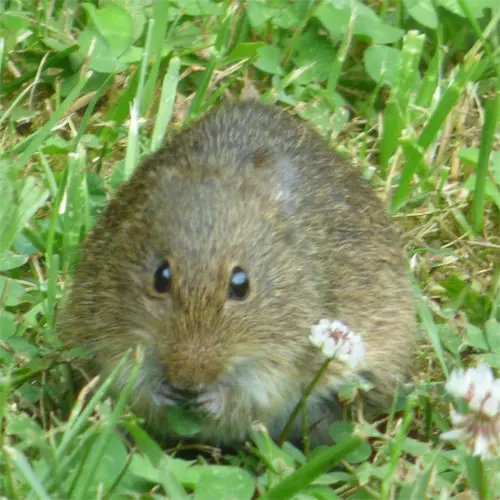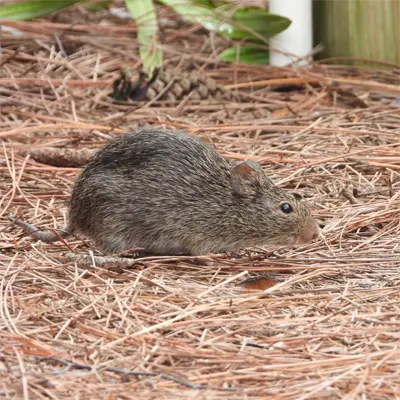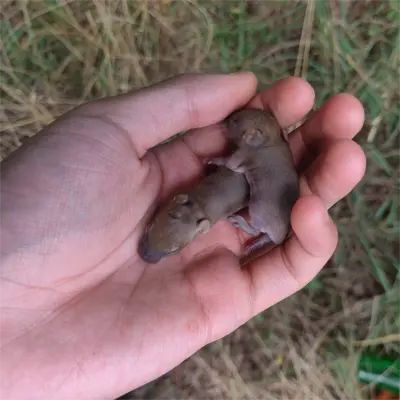Hispid Cotton Rats in Central Florida
The hispid cotton rat (Sigmodon hispidus) is a prevalent rodent species found throughout central Florida. Often confused with Norway rats or house mice, hispid cotton rats can be identified by their characteristic size, fur coloration, and other distinguishing features.
This comprehensive guide provides detailed identification tips, biology facts, and control methods for managing hispid cotton rats in central Florida. Read on to learn about hispid cotton rat behavior, reproduction, habitat, diet, health risks, signs of infestation, and professional treatment options if you suspect an invasion on your property.
Appearance and Identification
Hispid cotton rats can be distinguished from other rodents by their distinct physical traits at different life stages
Hispid cotton rats are distinguishable from Norway rats by their smaller size, stockier build, shorter tail and limbs, and grayish coat. They lack the agility of roof rats. Identifiable signs like burrows, runways, and feces also help detect their presence.
Maturation Rate
Hispid cotton rats develop rapidly, opening their eyes by 4 days old and emerging from the nest to eat solid food after 2 weeks. They reach adult size by 6 to 8 weeks old and sexual maturity between 6 to 8 weeks of age. Their average lifespan in the wild is under 1 year.
Habits and Behavior
Hispid cotton rats are solitary, terrestrial, and active year-round in central Florida. They are mainly nocturnal but can be seen foraging during the day. Hispid cotton rats prefer overgrown fields, abandoned lots, and forest edges with dense grass and vegetation cover.
Outdoors, hispid cotton rats dig winding shallow burrows up to 3 feet (0.9 m) long. The entrance is concealed by vegetation. They also construct globular nests approximately 8 inches (20 cm) in diameter made of dry grasses and lined with shredded fibers or fur. Hispid cotton rats are territorial and defend their range.
Reproduction and Lifespan
Hispid cotton rats in central Florida can breed year-round since seasonal changes are less distinct. Females produce up to 6 litters annually with 1 to 13 pups per litter. The gestation period is 27 to 32 days. Young are born hairless with closed eyes in the underground nest.
Ideal Habitat and Range
Central Florida’s humid, subtropical climate with moderate seasonal changes provides favorable habitat for hispid cotton rats year-round. Average annual temperatures range from 60 ̊F to 82 ̊F (16 ̊C to 28 ̊C). Rainfall exceeds 50 inches (1270 mm) per year with wet summers and dry winters.
These conditions allow dense grasses and vegetation like Bahia, broomsedge and broadleaf weeds to prosper. Overgrown fields, woodland edges, abandoned lots, and roadside ditches surrounded by forests or wetlands provide ideal shelter and food sources. Developed areas also harbor hispid cotton rats feeding on ornamental plants, pet food, and refuse. Their high reproductive capacity allows hispid cotton rat numbers to quickly rise given the ample habitat.
Diet and Feeding
Hispid cotton rats are herbivores and consume a variety of plant material:
- Grasses – Bermuda, Bahia, broom sedge, crabgrass.
- Broadleaf weeds – clover, lespedeza, chickweed.
- Seeds – grains, nuts, berries, fruits.
- Fungi, moss, roots, bark.
- Cultivated crops – sugarcane, peanuts, corn, melons.
Hispid cotton rats forage mainly at night, clipping and gathering vegetative parts and seeds. They hoard piles of food in their nesting burrows. Hispid cotton rats do not need to drink water if consuming moist succulent vegetation. They will clip and gather fresh greenery to cache in burrows when food is scarce.
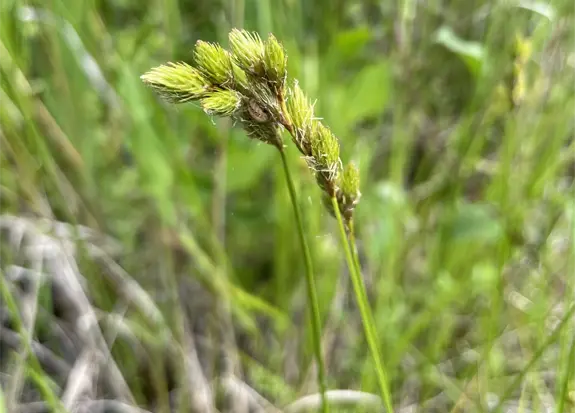

Common Health Risks
Hispid cotton rats can transmit certain diseases to humans directly or through fleas and mites:
- Hantavirus – Spread by deer mice but hispid cotton rats may carry. Causes serious lung disease.
- Leptospirosis – Spread by infected urine on soils. Causes fever, chills, vomiting.
- Lymphocytic choriomeningitis – Spread by infected rat saliva, urine, feces. Flu-like illness.
- Rat bite fever – Spread by bite from infected hispid cotton rat. Causes fever, joint pain.
- Salmonellosis – Spread by feces contaminating soils and surfaces. Diarrhea results.
Hispid cotton rats may also trigger allergies and asthma symptoms in sensitive people if nesting indoors. Seek medical care for any flu-like symptoms after exposure to rodent urine, feces, nests, or from a rodent bite. Prompt professional treatment is key to eliminating risks.
Preventing Florida Water Rat Infestation
The primary control method is habitat modification through vegetation management. Keep fields, lots, and roadsides frequently mowed. Eliminate weed patches and dense ground cover around structures.
Remove exterior food and water sources. Use physical barriers like hardware cloth or concrete foundations to exclude hispid cotton rats from burrowing under sheds and buildings.
Trapping is also effective for removal from around homes and gardens. Population reduction with rodenticides is warranted in acute infestations outdoors.
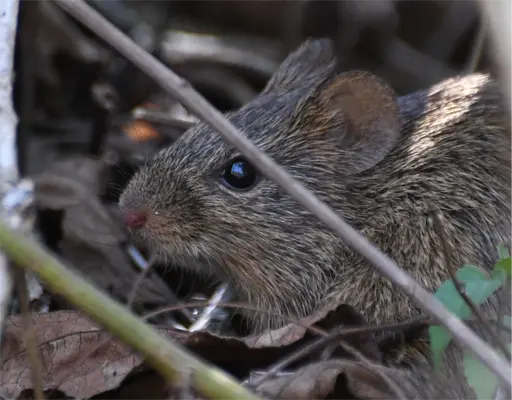
Hispid Cotton Rats in Central Florida – Conclusion
Hispid cotton rats are common wild rodents throughout central Florida’s favorable climate. They frequently encroach near homes looking for food and nesting sites. However, through inspection, exclusion, and vegetation control, hispid cotton rat invasions can be prevented.
Signs like burrows and runway trails in overgrown areas indicate their presence. With prompt intervention and an integrated pest management approach focused on habitat modification, hispid cotton rats can be deterred and excluded from properties.

